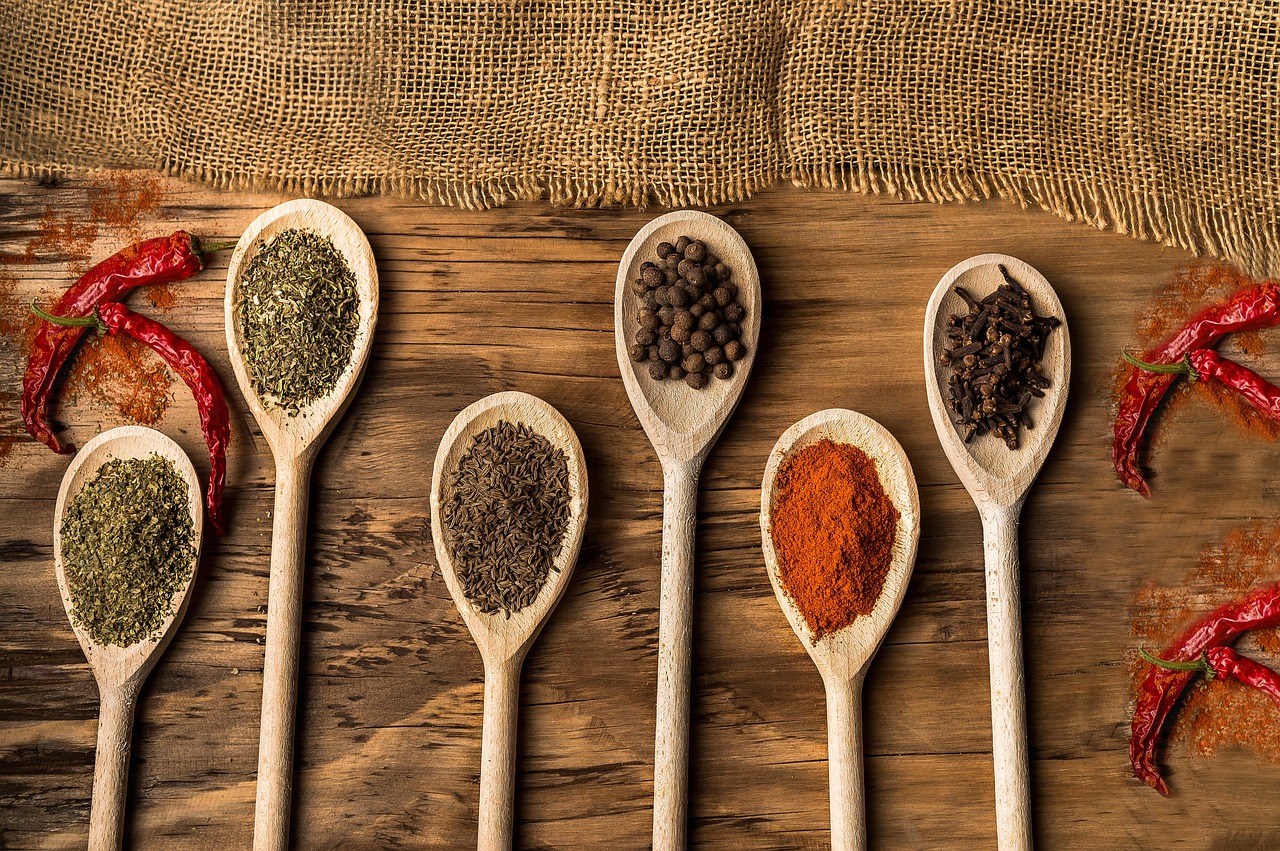Have you ever wondered why Spanish dishes like paella, chorizo, and patatas bravas burst with such rich, vibrant flavors? The secret lies in Spanish seasoning—a blend of herbs, spices, and techniques that transform simple ingredients into culinary masterpieces.
In this guide, we’ll explore the essential spices, signature blends, and expert tips to bring authentic Spanish flavors to your kitchen. Whether you’re a home cook or a food enthusiast, these practical strategies will help you master the art of Spanish seasoning.
What Makes Spanish Seasoning Unique?
Spanish cuisine is deeply rooted in regional traditions, fresh ingredients, and bold flavors. Unlike other Mediterranean cuisines, Spanish seasoning relies on a few key ingredients that create depth without overwhelming the palate. Here’s what sets it apart:
-
Smoky & Earthy Flavors – Thanks to pimentón (Spanish smoked paprika) and saffron.
-
Garlic & Herbs – Fresh parsley, thyme, and bay leaves are staples.
-
Citrus & Vinegar Brightness – Lemon zest and sherry vinegar add a tangy kick.
-
Heat & Warmth – Dried chilies and cayenne pepper appear in some dishes.
Essential Spanish Spices & Herbs
To recreate authentic Spanish flavors, stock your pantry with these must-have seasonings:
1. Pimentón (Spanish Smoked Paprika)
-
Types: Dulce (sweet), agridulce (bittersweet), picante (spicy).
-
Uses: Paella, chorizo, stews, and roasted meats.
-
Pro Tip: Store in a cool, dark place to preserve smokiness.
2. Saffron
-
Why It’s Special: The world’s most expensive spice, adding golden color and floral notes.
-
Best For: Paella, soups, and seafood dishes.
-
Budget Hack: Use turmeric for color (but expect a different flavor).
3. Garlic
-
Spanish Style: Often crushed into sauces or slow-cooked in olive oil.
-
Key Dishes: Aioli, gambas al ajillo (garlic shrimp), and sofrito.
4. Bay Leaves & Thyme
-
Role: Slow-cooked stews like cocido madrileño (Madrid-style stew).
-
Tip: Use dried bay leaves for longer cooking, fresh for quick dishes.
5. Cumin & Oregano
-
Common In: Moroccan-influenced dishes (like some Andalusian recipes).
-
Pair With: Lamb, lentils, and meatballs (albóndigas).
Signature Spanish Seasoning Blends
While individual spices are great, blends capture the essence of Spanish cooking. Here are two you can make at home:
1. Spanish Adobo Seasoning
A versatile dry rub for meats, fish, and veggies.
Ingredients:
-
2 tbsp smoked paprika
-
1 tbsp garlic powder
-
1 tbsp salt
-
1 tsp cumin
-
1 tsp oregano
-
½ tsp black pepper
Uses: Grilled chicken, roasted potatoes, or sprinkled over olives.
2. Paella Seasoning Mix
Skip store-bought versions and make your own.
Ingredients:
-
1 tbsp smoked paprika
-
1 tsp saffron threads (crushed)
-
1 tsp garlic powder
-
½ tsp cayenne (optional)
-
1 tsp salt
Pro Tip: Bloom saffron in warm broth before adding to paella for maximum flavor.
How to Cook with Spanish Seasonings: 5 Expert Tips
-
Toast Spices for Depth
-
Lightly heat cumin or paprika in olive oil before adding other ingredients.
-
-
Use Sofrito as a Base
-
A mix of onions, garlic, tomatoes, and olive oil forms the foundation of many Spanish dishes.
-
-
Balance Smokiness with Acid
-
A splash of sherry vinegar or lemon juice cuts through rich, smoky flavors.
-
-
Layer Flavors Slowly
-
Spanish stews (like fabada asturiana) develop taste over hours—don’t rush!
-
-
Finish with Fresh Herbs
-
Sprinkle chopped parsley or cilantro just before serving for brightness.
-
Real-World Examples: Spanish Seasoning in Action
-
Patatas Bravas – Crispy potatoes with smoky paprika and garlic aioli.
-
Chorizo al Vino – Spicy sausage simmered in wine, garlic, and bay leaves.
-
Gazpacho – Cold tomato soup with cumin, garlic, and sherry vinegar.
Common Mistakes to Avoid
❌ Overusing Smoked Paprika – A little goes a long way.
❌ Skipping Saffron – It’s pricey, but essential for authenticity.
❌ Rushing the Sofrito – Cook it low and slow for the best flavor.
Conclusion: Bring Spain to Your Kitchen
Mastering Spanish seasoning is all about understanding a few key spices and techniques. By using smoked paprika, saffron, garlic, and fresh herbs, you can recreate the bold, comforting flavors of Spain at home.










